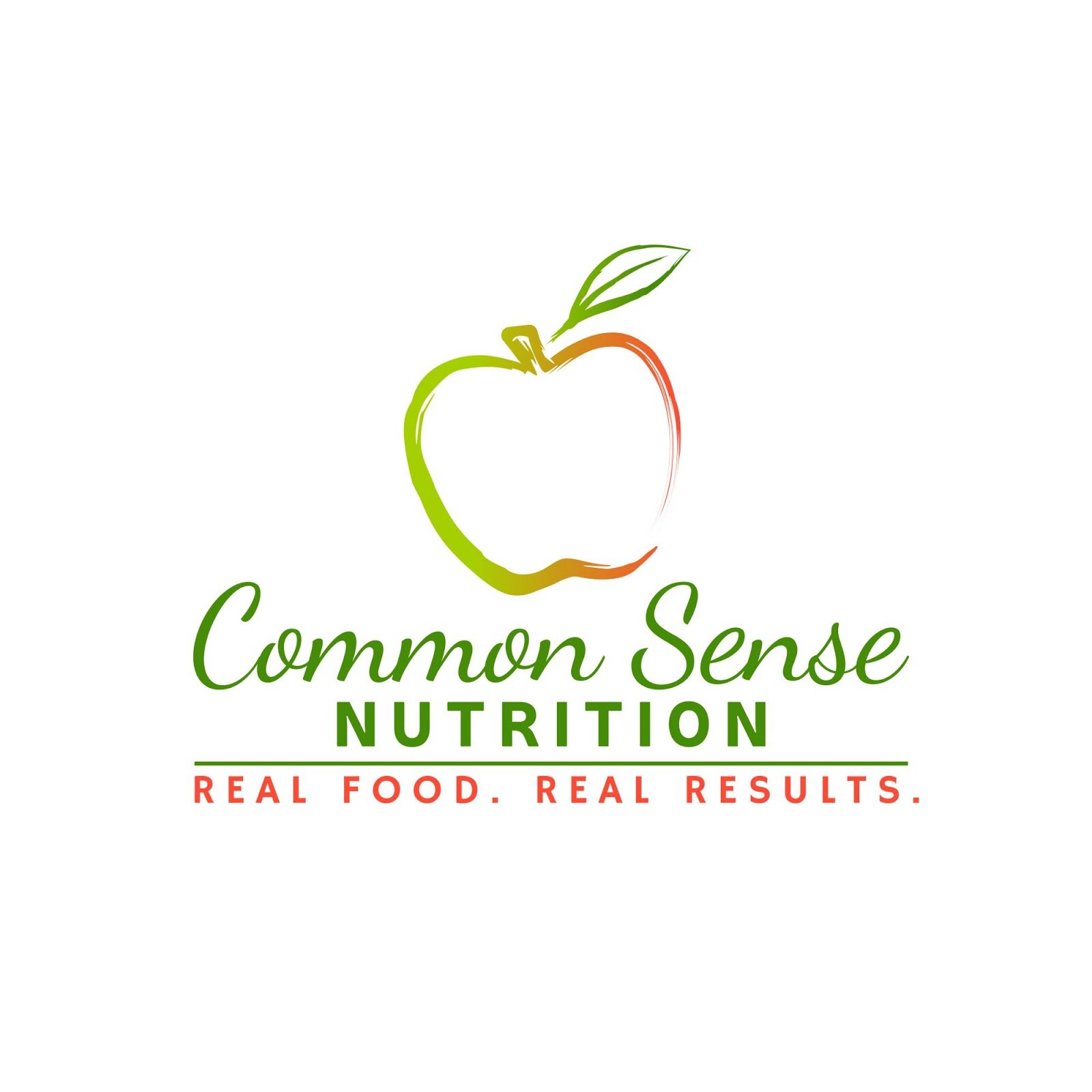Lower Inflammation Now With Ginger and Cinnamon

Lisa Jo Finstrom, MS, CNS, LDN
Did you know that many common kitchen spices have tremendous health benefits?
Type 2 diabetes (T2D) is the 4th leading cause of death in the developing world. Chronic inflammation is a common problem with T2D. Excess sugar in the blood can “clog” up the vascular system. As we know, sugar can be sticky. Too much sugar in the bloodstream can interfere with proper blood flow. Poor blood flow can limit nutrient delivery to critical parts of the body.
Today we are going to look at cinnamon and ginger and their benefits for people with type 2 diabetes. In many cultures, both plants have a long history of helping improve symptoms of diabetes. As it turns out, there are clinical studies that support such a use of these common spices.
Let’s start with ginger, a rhizome or root. Ginger is a spice that can help for lower inflammation. As you may know, there are two main kinds of inflammation in the body, which we can think of as big fires and little fires.
When you stub your toe, the body goes into high alert and sends out its own kind of fire brigade. The results are dramatic. The toe swells to prevent you from using it and to allow the body to heal. Excruciating pain is a clear warning sign to stay off the foot and let the toe heal.
Chronic inflammation is something different. Chronic inflammation is often caused by unhealthy lifestyle practices, including poor nutrition. An unhealthy lifestyle forces the body to put out lots of tiny little fires caused by daily assaults. The result can be chronic aches and pains throughout the body. Sometimes the inflammation hides out for a long time without causing discomfort. In either case, inflammation contributes to many health problems, including type 2 diabetes.
How does ginger help lower inflammation?
Ginger contains many chemicals, including “gingerols,” which give it its pungent flavor. Gingerols, along with other chemicals, play a role in lowering inflammation. Ginger works in the same way as many over-the-counter painkillers, such as Ibuprofen.
Now let’s discuss cinnamon.
Many people do not realize that there are two types of cinnamon, Cassia and Ceylon. Ceylon is of higher quality. It also has a more subtle taster, making it easier to incorporate into recipes. Cassia contains an ingredient that may be harmful if consumed in very large doses. Ceylon cinnamon from the inner bark of trees found in Sri Lanka and parts of India. Most Cassia comes from China and is the typical cinnamon sold in grocery stores.
Cinnamon can help lower fasting blood sugar.
In a recent study, one group received a supplement containing three grams of cinnamon, and the other group a placebo. None of the participants were taking insulin. The trial lasted several months. The group taking the cinnamon saw a 10% decline in fasting blood glucose. The placebo group saw a 3% reduction in fasting blood glucose.
If you have diabetes, inflammation, add as much cinnamon, and ginger into your diet as possible. These spices can help anyone eat a healthier diet. The smell and taste of cinnamon trick the brain into thinking the dish is already sweet. Using cinnamon reduces the need for added sugar.
How can we incorporate more ginger and cinnamon into our diet?
Many traditional diets already use ginger and cinnamon. They are easy to find in any grocery store. They both add a burst of warming flavors while helping to lower blood sugar and inflammation. If you aren’t accustomed to using them, here are some easy suggestions:
Use cinnamon sticks to stir and flavor your morning coffee or tea
Add cinnamon to recipes like smoothies, lentils, rice, and stews.
Sprinkle cinnamon over fruit to add a subtle, sweet flavor
Drink ginger tea
Add fresh ginger to recipes to add a kick of spice.
Cooked ginger has a much mellower flavor than fresh ginger.
References:
Allen, R.W, Schwartzman, E., Baker W.L., Coleman, C.I & Phung, J. (2013). Cinnamon use in type 2 diabetes: an updated systematic review and meta-analysis. Annals of Family Medicine, 11(5) https://www.annfammed.org/content/11/5/452
Anh NH, Kim SJ, Long NP, Min JE, Yoon YC, Lee EG, Kim M, Kim TJ, Yang YY, Son EY, Yoon SJ, Diem NC, Kim HM, Kwon SW. Ginger on Human Health: A Comprehensive Systematic Review of 109 Randomized Controlled Trials. Nutrients. 2020; 12(1):157. https://doi.org/10.3390/nu12010157://www.mdpi.com/2072-6643/12/1/157/htm
Azimi, P., Ghiasvand, R., Feizi, A., Hariri, M., & Abbasi, B. (2014). Effects of Cinnamon, Cardamom, Saffron, and Ginger Consumption on Markers of Glycemic Control, Lipid Profile, Oxidative Stress, and Inflammation in Type 2 Diabetes Patients. The review of diabetic studies: RDS, 11(3-4), 258–266. https://doi.org/10.1900/RDS.2014.11.258 :
Grzanna, R., Lindmark, L. & Frondoza, C.G. (2005). Ginger — an herbal medicinal product with broad anti-inflammatory actions. Journal of Medicinal Food, 8(2). https://www.liebertpub.com/doi/pdf/10.1089/jmf.2005.8.125
Mang, B., Wolters, M., Schmitt, B., Kelb, K., Lichtinghagen, R., Stichtenoth, D.O. and Hahn, A. (2006), Effects of a cinnamon extract on plasma glucose, HbA1c, and serum lipids in diabetes mellitus type 2. European Journal of Clinical Investigation, 36: 340-344. https://doi.org/10.1111/j.1365-2362.2006.01629.x
